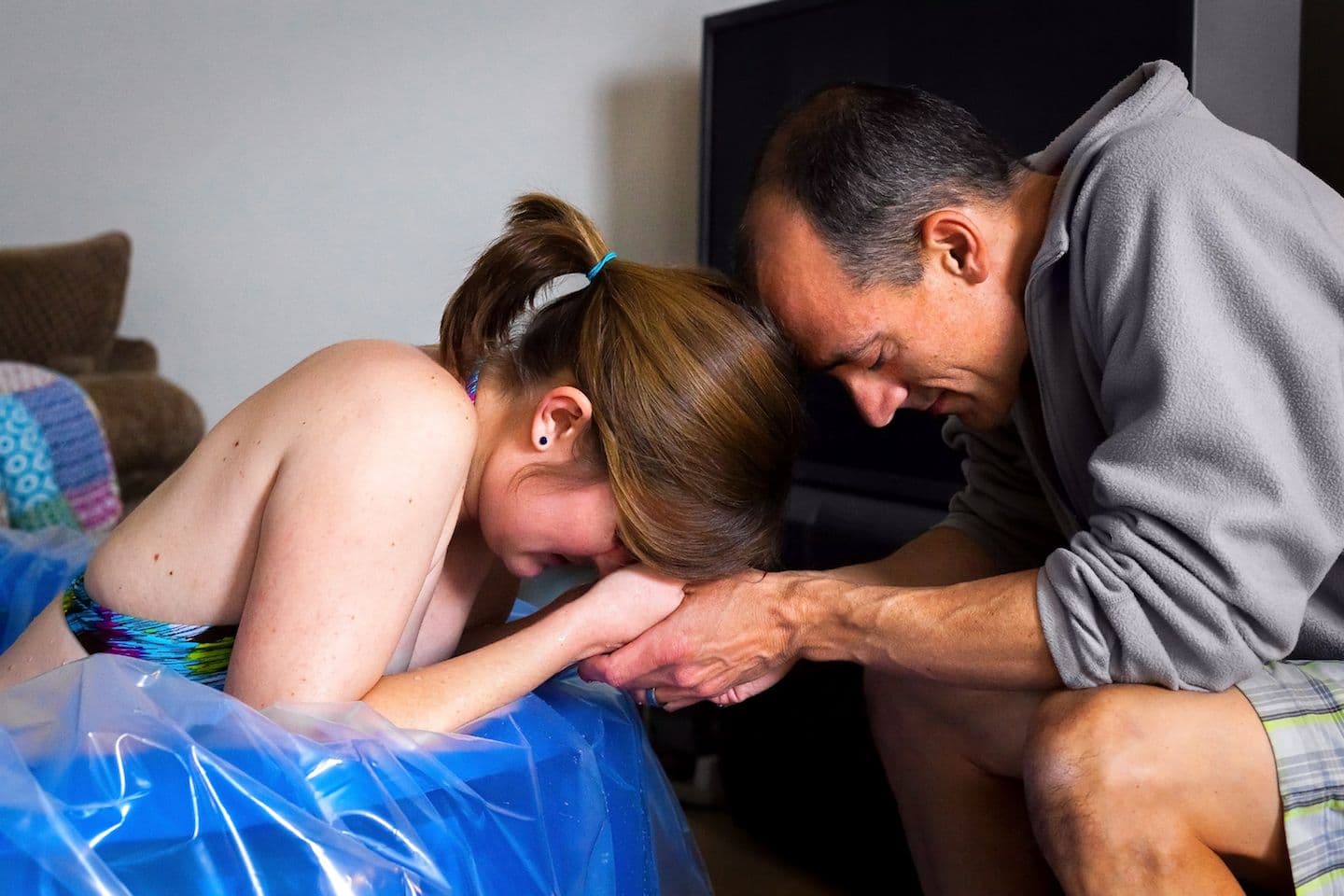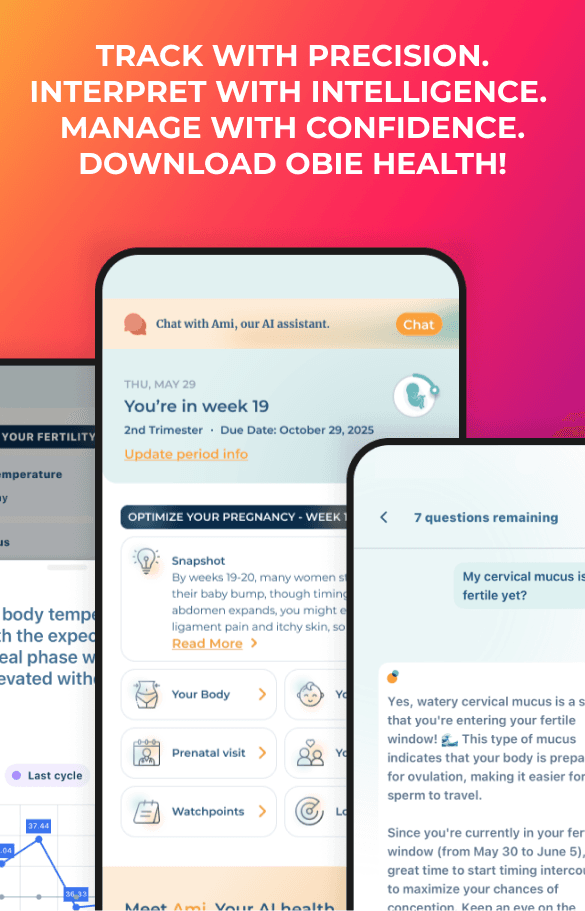Is Planned Home Birth Safe?
Homebirth
Obie Editorial Team

As you make decisions regarding your childbirth journey, it's essential to have a full understanding of the potential risks associated with planned home birth in the United States. Scientific studies consistently reveal that planned home births here present significant risks to newborns, including increased chances of neonatal injury and mortality. These risks tend to be amplified when compared to midwife-supported hospital births or deliveries managed by obstetricians. It's especially crucial for first-time mothers and those of advanced maternal age to weigh these risks carefully. This insight isn't just academic; it is documented in both peer-reviewed research and investigative journalism. Empower yourself with knowledge—take the home birth quiz to evaluate your current understanding.
Real-Life Illustration of Planned Home Birth Risks
Imagine a situation: A 32-year-old woman opts for a home birth, supported by a nurse-midwife. After 27 strenuous hours of labor, her amniotic sac ruptures, showing signs of meconium, a potential indicator of fetal distress. During examination, the midwife discovers a prolapsed umbilical cord—a critical emergency depriving the baby of oxygen. Despite rapid transportation to a hospital and an emergency cesarean section performed within 30 minutes, the infant succumbs to hypoxic injury shortly after birth. This tragic outcome exemplifies how crucial timing is—yet, quick enough access to surgical interventions like a cesarean section simply isn't feasible with home birth plans.
Defining Home and Out-of-Hospital Births
Planned home births occur in the comfort of a home setting, as opposed to a hospital or birth center. An out-of-hospital birth can happen anywhere outside the hospital environment, whether at home, a birth center, or any other location. Each choice carries distinct contexts and potential implications for safety.
Home Birth Statistics in the U.S.
A vast majority of births in the United States—over 98%—take place in hospitals. Of the roughly 1% that occur at home, a third lack qualified attendants (these are typically unplanned, rapid labors). Consequently, the actual percentage of intentionally planned home births is quite small. These planned home births often involve a certified nurse-midwife or, more commonly, a direct-entry midwife without nursing training, illuminating a discrepancy in professional qualifications.
Outcomes and Risks of Home Births
In a landmark study led by Dr. Grunebaum, a home birth was found to quadruple the risk of neonatal mortality. Further research highlighted a staggering tenfold increase in babies having an Apgar score of zero—a sign of severe distress—compared to physician-led hospital births. Investigations point out that the lack of standardized guidelines for home birth patients in the U.S. may contribute to these outcomes. Critical risk factors identified include:
- First-time births
- Pregnancies extending beyond 41 weeks
- History of cesarean section
- Breech presentation
- Multiple births (e.g., twins)
Having these factors increase the risks associated with home births, and understanding them is crucial for informed decision-making.
Emphasizing Safety in Childbirth
Your priority during childbirth is the safety and health of both the child and the mother. In emergencies, interventions like cesarean sections can be lifesaving—a capability friends, families, or even the quickest first responders can't provide in home birth scenarios. Reflect on historical birth outcomes: over a century ago, infant and maternal mortality rates were drastically higher than today, with modern medical advances significantly improving outcomes.
Before making a decision, consider the intervention data. There's a clear disparity in neonatal outcomes, with significantly poorer results observed in planned home births. Women should be well-informed of these risks, particularly for their first births or overdue pregnancies, where the likelihood of neonatal complications rises significantly.
Explore More About Homebirth and Out-of-Hospital Births:
- Study on Neonatal Mortality in Birth Centers
- Comparative Safety of Hospital vs. Home Births
- Legal Case on Midwifery Practice
- And more articles listed to help broaden your understanding.
Birth Center Closures Signal Emerging Concerns
- Recent closure of PeaceHealth Nurse Midwifery Birth Center due to safety concerns.
- Several centers in North Carolina closed following unfortunate outcomes—an indicator of the critical threshold of safety that must be crossed.
- Be aware that birth centers, much like home births, may also face heightened scrutiny or closure if safety standards aren't rigorously enforced.
Embrace the informed path forward by considering this wealth of research, stories, and statistics. By aligning with a comprehensive view of childbirth safety, you and your family can make empowered choices regarding where and how to bring new life into the world.







